How to choose the location of a coffee shop? Analysis of 10 factors affecting turnover
Professional coffee knowledge exchange more coffee bean information please follow the coffee workshop (Wechat official account cafe_style)
What can be done to make a store thrive? Some people will answer: commodity items. If you have everything you want to buy, and if it is displayed in a place that is easy to find, sales should increase. Another school of opinion is the attitude and decoration of the shop assistant. When the store makes people feel comfortable, customers will come again and again.
However, Takeshi Hashimoto, author of "the ability to find a good storefront," points out that the availability of all kinds of goods and the comfort of the store are not the key factors affecting sales. If the "location" is not selected, it is difficult to have a good turnover.
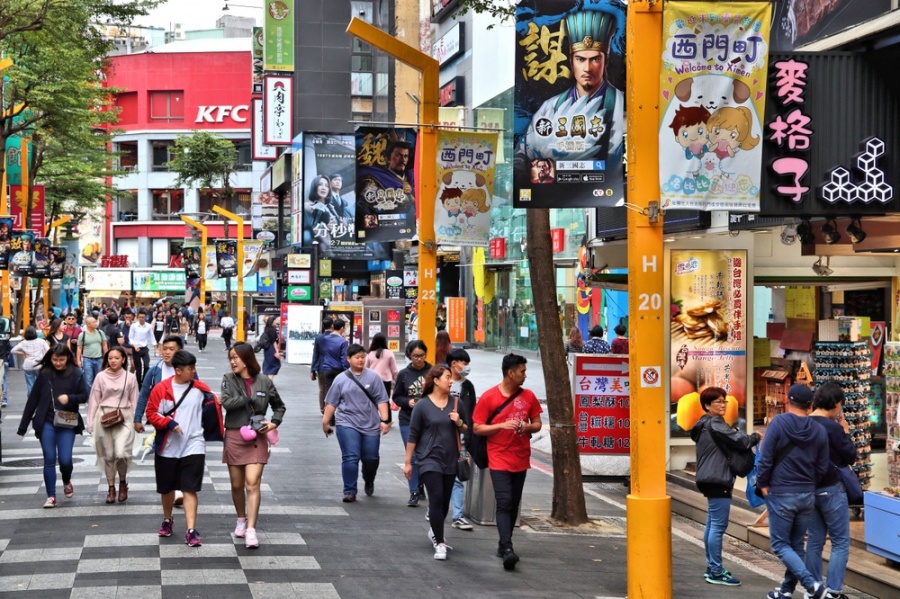
In order to help customers find a good store location, combined with the "Hough model" put forward by American economist David Huff (the larger the area of the store, the smaller the distance between customers from the store, the better the turnover), and the survey of the locations of various chain stores over the past 20 years, he sorted out 10 factors that affect turnover, and named it "turnover factor analysis".
Location factor
In this paper, the "location factor" is defined as, in a narrow range, there are five factors that affect turnover, such as the land or buildings where the store is located:
1. Customer guidance facility: is it a crowd distribution center?
In big cities, the most representative customer induction facilities are stations that are used by all kinds of people. If the number of passengers getting on and off is above a certain station, although it may vary depending on the type or type of shop business, generally speaking, the closer you are to the station, the higher the turnover can be expected.
On the other hand, in the suburbs, you can choose the intersections or rest stations of large intersections, trunk roads or highways; in shopping malls, they are the main entrances and exits of parking lots, escalators, elevators, etc.
two。 Identifiability: is the store easy to see?
Identifiability can be divided into "visibility" and "visibility". Visibility is used to judge "visible" and "invisible" projects. For example, if the store is on the second floor or basement of the building, passers-by will not see it. To improve visibility, there must be positive signs, window displays, hanging screens. Wait.
Popularity is the evaluation of projects that "know" or "do not know". For example, in every community, there are some well-known old stores or brands that people subconsciously choose. If your store has just opened, it should be widely publicized so that it is well known.
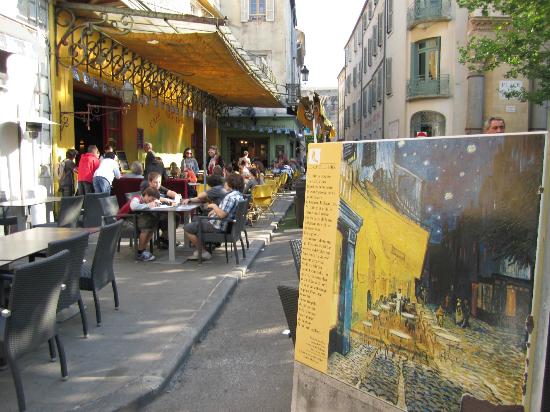
3. Moving line: is the road often taken by customers?
The road that connects two "customer guidance facilities" is the "moving line". For example, stations and office buildings are customer guidance facilities, and the road from the station to the office building is the moving line.
This reminder that compared with customer guidance facilities, the "moving line" may not be visible at a glance and requires careful observation. At the same time, the moving line is easy to change, especially in the area where there are more than three customer induction facilities at the same time, the moving line will become complex, which will change the route of customers every day, and then affect the number of people passing in front of the store.
4. Construction of the building: is the store spacious and has enough seats?
The location, area, number of seats, and even the number of parking spaces and entrances of the parking lot are included in the "building structure".
Generally speaking, the larger the store, the higher the turnover. However, if the shop is located in the suburbs, there must be a parking lot. After all, inconvenience will also affect the willingness to come to the store. At the same time, the number of parking spaces that can be parked will limit the number of people coming to the store, so more parking spaces can also increase turnover. Finally, whether the entrance faces the main road will also affect the number of customers.
5. Closeness: is it convenient for guests to enter the door?
Shops are easy to enter, which is called "closeness" and is divided into physical and psychological types.
Physical closeness, such as whether the sidewalk in front of the store is wide. Because on the narrow sidewalk, the walking speed will become faster, it is easy to pass directly by the store door. Similarly, if the sidewalk is full of bicycles, customers do not want to squeeze into the store, which will also damage closeness.
On the other hand, the store is located in the basement or above the second floor, it is troublesome to get up and down the stairs, or it is impossible to directly see what the store looks like, and the insecurity will keep customers away, which is an example of a lack of psychological intimacy.
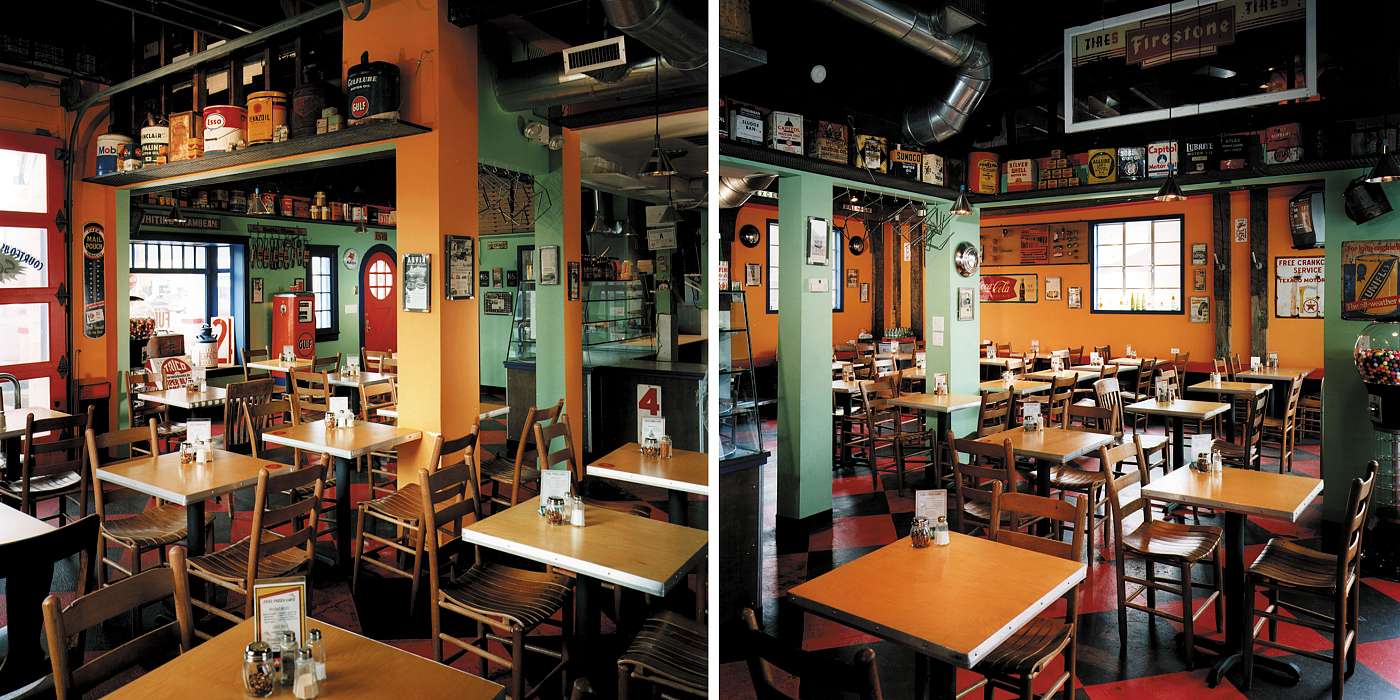
Business circle factor
Within a radius of several kilometers, or even tens of kilometers, the turnover-related factors are called "business circle factors" and can be divided into five points:
6. Market size: is there a sufficient population?
To investigate how many people live within a few meters of the store's reservation site and their consumption level is almost a must-do homework before opening a store. If you know who lives around the store before opening the store, or if many people work here, it is possible to predict turnover.
7. The nature of the business circle: is there a target group?
If you want to open a coffee shop with the orientation of young women, you can not only consider the surrounding population, but also think about how many young women there are in these populations. Therefore, before opening a store, you must evaluate the "nature of the business area", such as different business forms (which type of stores are more), or the attributes of the group (such as gender, age, occupation, family size, income, etc.). In order to find out the business area that suits your target group.
8. Key scale: is there anyone passing by the door of the store?
How many people and cars come and go in front of the store is called "key scale". If the store is located in the city center, consider the number of people passing through, that is, "traffic"; if it is located on the main road in the suburbs, it is related to the number of cars passing through, which is called "traffic volume".
9. Own competition: is there a competitor of the same brand?
Most shopkeepers are aware of the existence of competitors. But Hashimoto found that many chain store owners often ignore the competitiveness of other branches of the same chain brand, which affects the turnover of their own companies the most.
General chain enterprises like to focus on opening stores, which means that in a certain area, everywhere is filled with their own stores, seizing the market share of the whole region in one breath. This will not only improve the efficiency of logistics, but also improve the identification of stores in the region and enhance the brand strength of the chain as a whole.
It is also because there are advantages in centralizing stores, so if you want to open new chain stores, you must consider whether it is more profitable or the turnover hurt by "self-competition". In particular, enterprises launched in the form of franchise stores must pay attention to the managers of each store in order to solve this problem.
10. Competition from other companies: are there competitors of different brands?
As long as there are competitors around the store, turnover is bound to be affected. at this time, the strength of competitors can only be assessed from the three points of "commodity", "price" and "function". However, Hashimoto warned that there have been many unexpected competitors in recent years, such as convenience stores selling coffee, pearl milk tea, doughnuts, etc., so when setting up a store, you can ask yourself: if convenience stores also sell products similar to their own, will there be too many competitors in a certain range?
Finally, Shimoto reminds that each store is different from every chain store in the extent to which each element of the "turnover factor" has an impact on turnover. For example, for the catering industry, "building construction" is very important; for clothing boutiques, "the nature of the business area" may prevail.
Shopkeepers who want to open a shop must think deeply from these ten factors, such as "building construction", which is divided into the number of store seats, the number of parking lots, the number of store entrances, and so on, through actual observation and comparison of the surrounding conditions of the alternative sites. gradually list all relevant factors, and finally focus on selecting the factors that have a "significant impact", and finally select the locations that can generate the maximum revenue.
Reference: "the ability to find a good storefront" by Takeshi Hashimoto
END
Important Notice :
前街咖啡 FrontStreet Coffee has moved to new addredd:
FrontStreet Coffee Address: 315,Donghua East Road,GuangZhou
Tel:020 38364473
- Prev
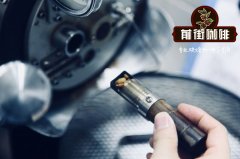
Uganda sun-tanned coffee tastes domineering, full and solid coffee from the Ruwenzori Mountains of Uganda.
For more information on coffee beans, please follow the Coffee Workshop (Wechat official account cafe_style) Uganda, located in East Africa, landlocked countries, adjacent to Kenya and Tanzania, it is bordered by many great lakes such as Victoria Lake (the largest freshwater lake in Africa), albert, Edward and Geoga. The whole country.
- Next
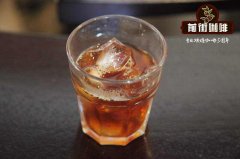
Yunnan Zuoyuan water washing yellow bourbon quality Yunnan Zuoyuan water washing yellow bourbon is what kind of coffee is good?
Professional coffee knowledge exchange more coffee bean information please follow the coffee workshop (Wechat official account cafe_style)
Related
- What documents do you need to go through to open a coffee shop? coffee shop coffee shop certificate processing process
- How to purchase Coffee beans in small Cafe how to choose a suitable supplier for domestic Coffee supply Company
- How to drink Starbucks Fragrance White Coffee? how to make Australian White Coffee? what Italian coffee beans are recommended?
- The Story of Flora Coffee: the name of Flora Coffee Bean and the implication of the Flowers on Florna Coffee
- How much does a cup of coffee cost? How much is the profit of a cup of coffee? What is the profit of the coffee shop in a year?
- Yunnan small Coffee, known as "fragrant Coffee", introduces the characteristics of Alpine Arabica Coffee producing areas in Yunnan, China
- 2023 latest Starbucks full menu price list how much is a cup of Starbucks coffee what is better to drink the most popular hot and cold drinks recommended
- Starbucks different kinds of Coffee Price list Starbucks menu 2023 Top Ten Best drinks in Starbucks
- Starbucks Spring praise Comprehensive matching Coffee Bean theme Story Packaging implication and taste description
- The cost of a cup of coffee latte American coffee cost price and selling price

